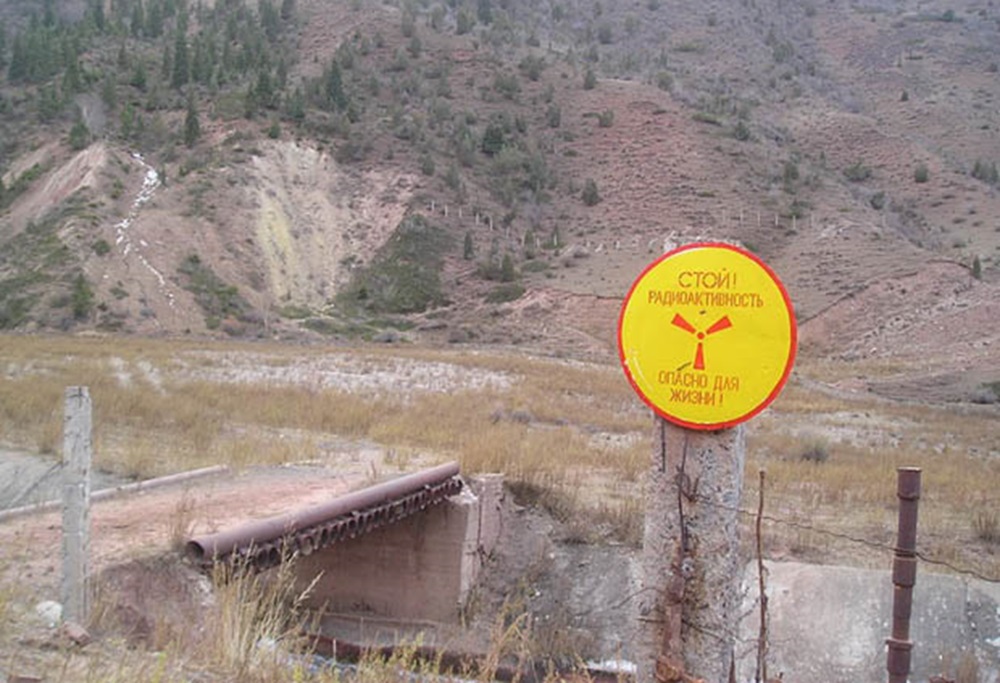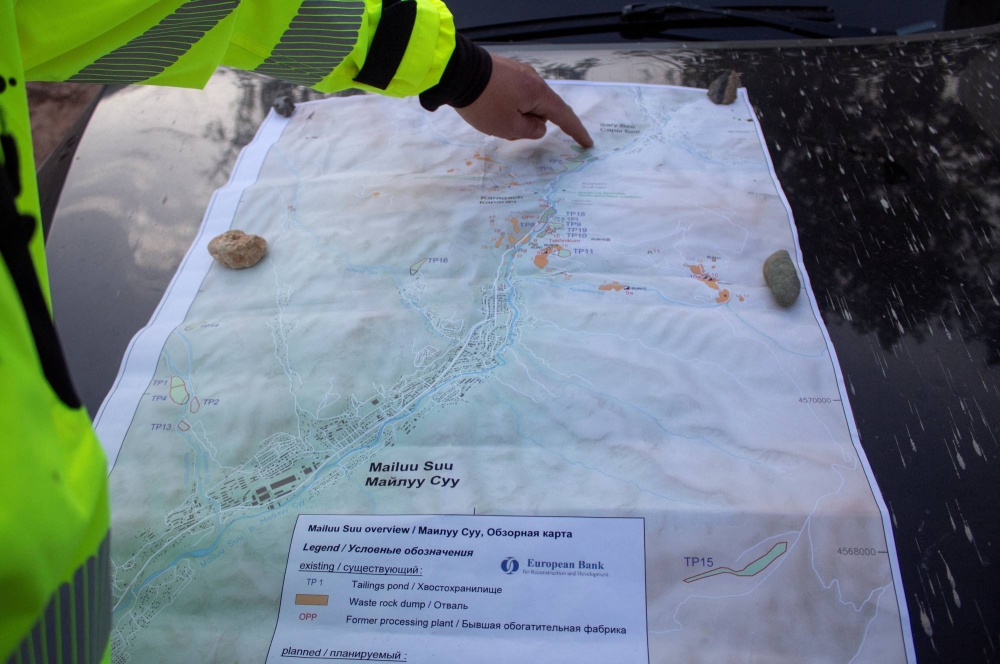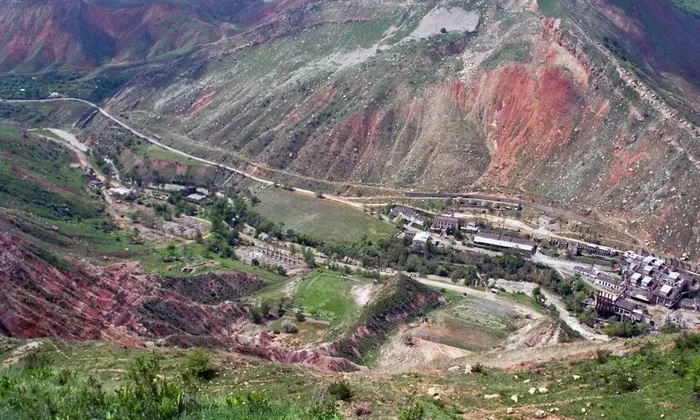News
Dams Containing Tons of Uranium-Waste in Kyrgyzstan May Collapse

Dams storing large volumes of uranium mine tailings over the lush Fergana valley in Central Asia’s Kyrgyzstan are unstable, posing a risk of a Chernobyl-scale nuclear disaster if they collapse, rendering the region uninhabitable, according to research.
Following a 2017 landslide, dams in Kyrgyzstan that held 700,000 cubic metres (185 million gallons) of uranium mining tailings became unreliable.
A subsequent landslide or earthquake might release their contents into a river system used to irrigate Kyrgyz, Uzbek, and Tajik farmlands, according to studies conducted at the Soviet-era radioactive waste disposal complex. That disaster could result in the displacement of millions of people in those three countries.
The studies, conducted as part of a project to strengthen the facilities by the European Commission and the European Bank for Reconstruction and Development, show that the type of waste involved cannot be safely contained in their current locations and must be relocated away from the Mailuu-Suu river’s banks.
The Fergana valley, where the tainted water would flow, is Central Asia’s most densely populated area, with 16 million people engaged in the cultivation of cotton, rice, cereals, fruit, and vegetables.
“If a landslide causes the river to burst, waste from two mine dumps will enter the water,” said Gulshair Abdullayeva, manager of the Mailuu-Suu radiography lab.

Uranium-Waste in Kyrgyzstan: Reuters Image
The environmental disaster would almost be comparable with Chernobyl
According to Sebastian Hess, an engineer with German business G.E.O.S. contracted by the Kyrgyz government, studies have indicated that the waste in those dumps is liquid, making it more hazardous, and that it might run into the river in the case of a big earthquake.
“That would be a horrible catastrophe,” he went on to say. “This water is used to irrigate fields which means agricultural produce would be contaminated.”
Water undermined the dams’ foundations during a 2017 landslide, which boosted the river’s water level and brought it closer to the polluted tailings, according to engineers.
The Bishkek administration and G.E.O.S. estimate that 22-25 million euros will be required to relocate the waste from the two dangerous areas to one further away from the river.
The Soviet Union created the area near Mailuu-Suu, one of the world’s largest uranium ore dumps, from the 1940s to the 1960s. A plant in town also processed uranium ore from nearby mines.

Radioactive Waste in Kyrgyzstan: Reuters Image
Uranium mining in Kyrgyzstan
Kyrgyzstan’s uranium mining history is very young, with most activities beginning in the late twentieth century.
The Central Asian country has small uranium reserves, estimated at roughly 9,000 metric tons. Despite this, Kyrgyzstan has struggled to build a viable uranium mining business due to financial restraints and environmental concerns.
Following the fall of the Soviet Union in the 1990s, Kyrgyzstan gained control of several uranium reserves and processing facilities.
However, many of these facilities were under-managed and lacked proper environmental safeguards, resulting in widespread contamination. There have been efforts to rehabilitate these legacy sites, but progress has been slow due to inadequate financing.
The Kara-Balta facility, which is operated by a Russian-Kyrgyz joint venture, is currently the country’s main uranium mining activity. Environmental groups have criticized the open-pit mine for its influence on local water sources and the health of adjacent people.
Nonetheless, the Kyrgyz government sees uranium mining as a possible economic opportunity, particularly given the growing global demand for nuclear fuel.
To attract global investment, Kyrgyzstan has worked to enhance its regulatory structure and environmental standards.
Concerns remain concerning the country’s ability to successfully implement these restrictions, given its limited resources and the possibility of corruption. Furthermore, the landlocked country confronts logistical problems when transferring uranium to overseas markets.




























